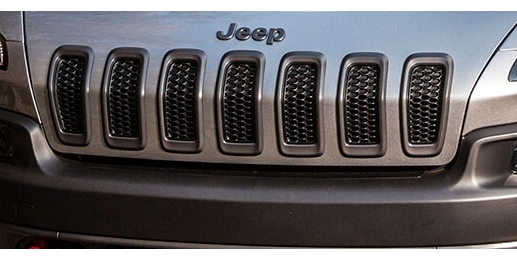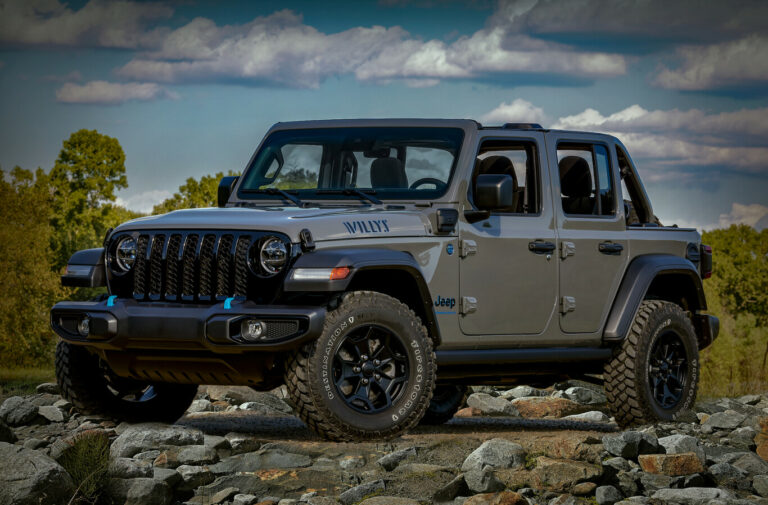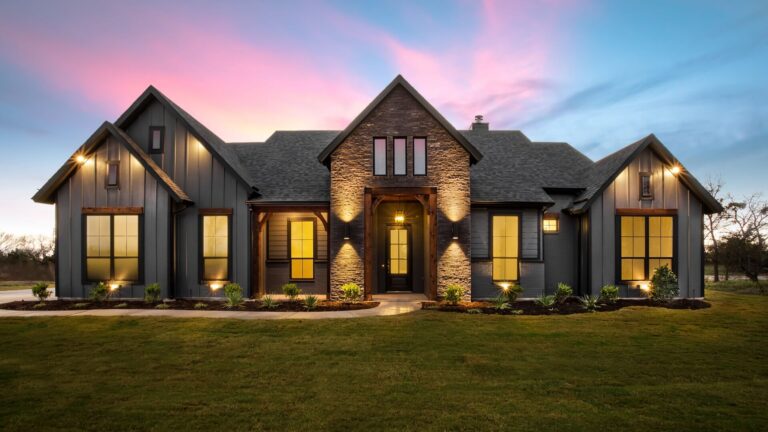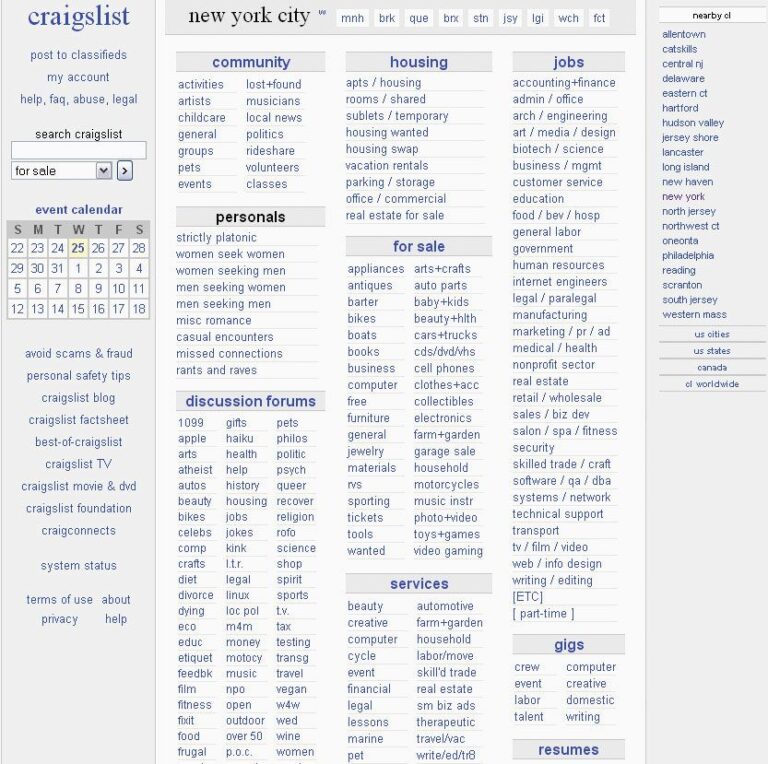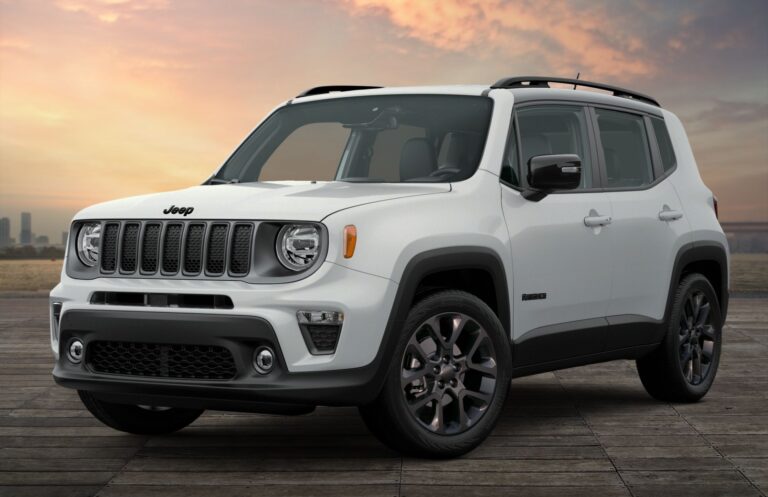Jeep Cherokee Parts: Your Comprehensive Guide to Maintaining, Repairing, and Upgrading
Jeep Cherokee Parts: Your Comprehensive Guide to Maintaining, Repairing, and Upgrading jeeps.truckstrend.com
The Jeep Cherokee. A name synonymous with rugged capability, adventurous spirit, and a unique place in automotive history. From the iconic XJ’s utilitarian charm to the modern KL’s refined comfort, the Cherokee has consistently delivered on its promise of versatility. But like any vehicle, the longevity, performance, and safety of your Jeep Cherokee depend heavily on the quality and integrity of its parts.
Understanding "Jeep Cherokee Parts" isn’t just about replacing a broken component; it’s about making informed decisions that impact your vehicle’s reliability, your safety, and your wallet. This comprehensive guide will delve into the intricate world of Jeep Cherokee parts, offering insights into everything from essential maintenance components to exhilarating performance upgrades, helping you navigate the choices with confidence.
Jeep Cherokee Parts: Your Comprehensive Guide to Maintaining, Repairing, and Upgrading
The Enduring Legacy and Diverse Generations of the Jeep Cherokee
Before diving into specific parts, it’s crucial to acknowledge the diverse lineage of the Jeep Cherokee. Each generation, while sharing the core spirit, has distinct design, engineering, and consequently, unique part requirements.
- Cherokee (XJ) (1984-2001): The legendary unibody SUV that arguably defined the modern SUV segment. Known for its simplicity, durability, and off-road prowess. Parts for the XJ are abundant, thanks to its long production run and popularity among enthusiasts.
- Liberty (KJ) (2002-2007): A departure in styling, the KJ offered improved on-road manners and refined interiors, while still retaining solid off-road capability.
- Liberty (KK) (2008-2012): Building on the KJ, the KK continued to evolve the Liberty nameplate with updated styling and features.
- Cherokee (KL) (2014-2023): Marking the return of the Cherokee name, the KL moved to a car-based platform, prioritizing comfort, fuel efficiency, and advanced technology, while still offering respectable off-road trims like the Trailhawk.

While some generic components (like tires or batteries) might be universal, most mechanical, electrical, and body parts are generation-specific. Always verify the part’s compatibility with your Jeep’s exact year, make, model, and even trim level, often by using your Vehicle Identification Number (VIN).
Navigating the Essential Categories of Jeep Cherokee Parts
Jeep Cherokee parts can be broadly categorized based on their function. Understanding these categories helps in identifying what you need and where to focus your attention.
1. Engine & Drivetrain Components
The heart and soul of your Cherokee, these parts are crucial for its power and motion.

- Engine Components: Spark plugs, oil filters, air filters, belts (serpentine, timing), hoses, water pumps, radiators, engine mounts, gaskets, sensors (oxygen, camshaft, crankshaft), and even complete engine assemblies. Regular maintenance of these ensures optimal performance and fuel efficiency.
- Transmission & Transfer Case: Automatic or manual transmission parts (fluid, filters, solenoids), transfer case components (fluid, shift motor, chain), and driveshafts. These are vital for transferring power to the wheels, especially for 4×4 models.
- Differentials: Front and rear differential parts (fluid, gears, bearings, seals). Essential for distributing power to the wheels and allowing them to rotate at different speeds during turns.
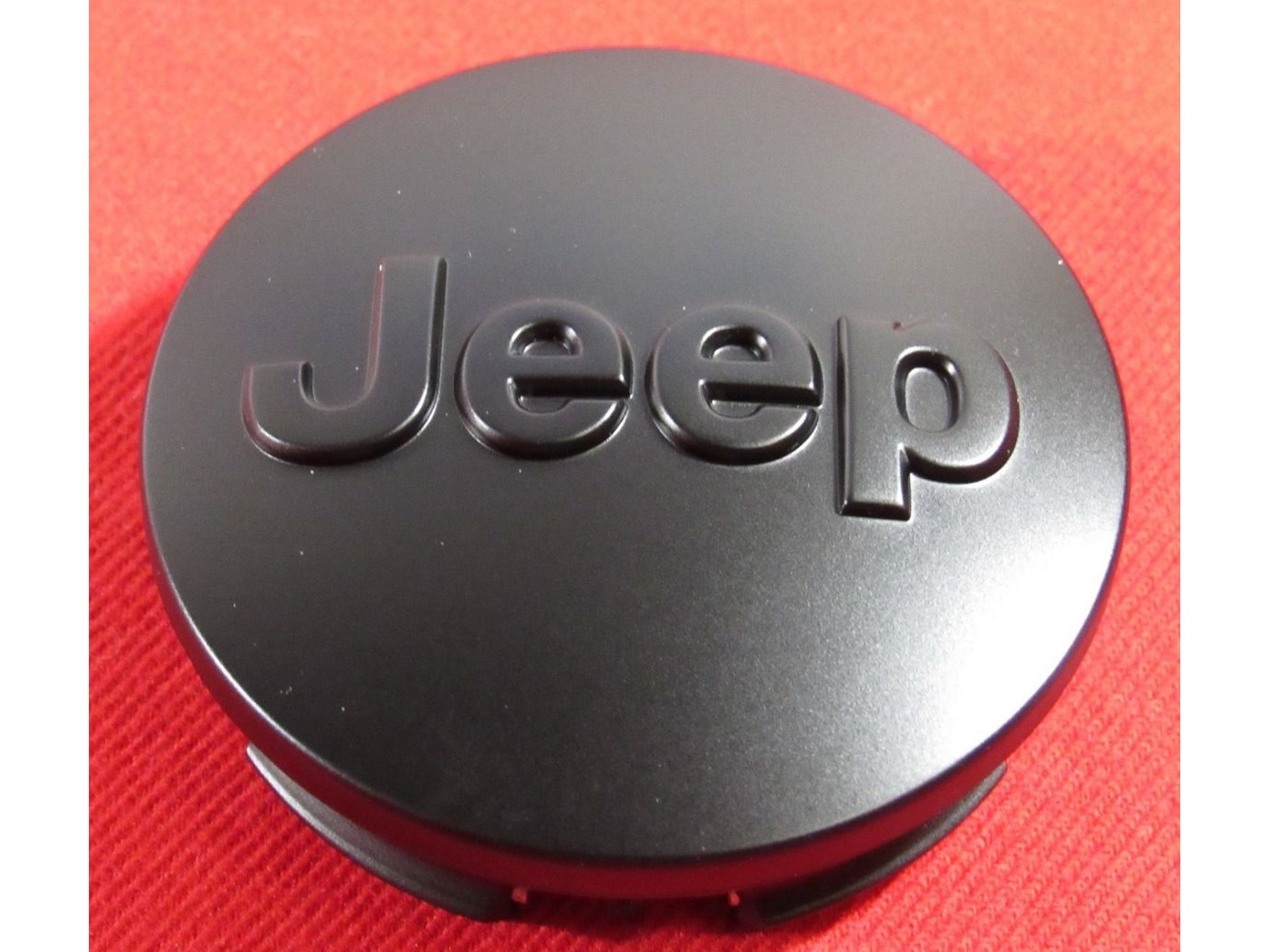
2. Suspension & Steering System
These components dictate your ride quality, handling, and off-road capability.
- Shocks & Struts: Absorb road imperfections, providing a smooth ride and maintaining tire contact with the road.
- Springs: Coil springs or leaf springs (on XJ rear) support the vehicle’s weight and work with shocks to control suspension movement.
- Control Arms & Ball Joints: Connect the wheels to the chassis, allowing for suspension articulation and steering.
- Tie Rods & Steering Box/Rack: Direct the wheels according to steering wheel input. Crucial for precise handling and safety.
- Bushings: Small but critical components found throughout the suspension and steering, reducing friction and absorbing vibrations.
3. Brake System
Your primary safety system, ensuring you can stop reliably.
- Brake Pads & Rotors: Friction components that slow and stop the vehicle. Regular inspection and replacement are critical.
- Brake Calipers: Hold the brake pads and apply pressure to the rotors.
- Brake Lines & Hoses: Deliver hydraulic fluid from the master cylinder to the calipers.
- Master Cylinder: Converts pedal pressure into hydraulic pressure.
- ABS Sensors: Monitor wheel speed for the Anti-lock Braking System.
4. Electrical & Lighting
From starting your Jeep to illuminating the road, electrical parts are pervasive.
- Battery: Provides power for starting and accessories.
- Alternator: Charges the battery and powers electrical systems while the engine is running.
- Starter Motor: Engages the engine to start it.
- Headlights, Taillights & Fog Lights: Essential for visibility and safety.
- Sensors & Modules: Countless sensors monitor various systems (engine, transmission, emissions, safety), feeding data to control modules (PCM, BCM).
- Wiring Harnesses: The network of wires connecting all electrical components.
5. Body & Interior Components
Maintaining the aesthetics, comfort, and structural integrity of your Cherokee.
- Exterior Panels: Fenders, bumpers (front/rear), doors, hood, tailgate, grilles. Often needed after accidents or for rust repair.
- Glass: Windshields, side windows, rear glass.
- Interior Trim: Dash panels, door cards, seat components, carpet, headliner.
- Seating: Fabric or leather covers, foam, frames, and adjustment mechanisms.
- HVAC System: Blower motor, AC compressor, evaporator, heater core, control modules.
6. Off-Road & Performance Upgrades
For enthusiasts looking to push their Cherokee’s limits.
- Lift Kits: Increase ground clearance for larger tires and improved articulation.
- Heavy-Duty Bumpers & Rock Sliders: Provide protection during off-road excursions.
- Winch: Essential recovery gear for getting unstuck.
- Aftermarket Lighting: Light bars, auxiliary lights for enhanced visibility off-road.
- Performance Exhausts: Improve engine breathing and produce a more aggressive sound.
- Upgraded Axles & Gearing: For extreme off-road use or larger tire sizes.
Choosing the Right Jeep Cherokee Parts: OEM vs. Aftermarket vs. Used
The decision of where to source your parts is critical and often comes down to a balance of quality, cost, and availability.
-
OEM (Original Equipment Manufacturer) Parts: These are identical to the parts your Jeep had when it rolled off the assembly line, manufactured by the original supplier or by Mopar (Chrysler/Jeep’s parts division).
- Pros: Guaranteed fit and quality, often come with a warranty, maintain vehicle originality.
- Cons: Most expensive option.
- Best for: Critical components like engine internals, complex electrical systems, or when maintaining factory specifications is paramount.
-
Aftermarket Parts: Produced by companies other than the original equipment manufacturer. They can range from direct replacements to performance upgrades.
- Pros: Generally more affordable than OEM, wide variety of options (including performance-oriented parts), competitive pricing.
- Cons: Quality can vary significantly; some brands are excellent, others are subpar. Fitment issues can occasionally occur.
- Best for: Most common repairs and maintenance items (filters, brake pads, shocks), and when upgrading performance. Research reputable brands (e.g., Moog for suspension, Bosch for electrical, Wagner for brakes).
-
Used Parts (Salvage/Junkyard Parts): Components salvaged from wrecked or non-operational vehicles.
- Pros: Most economical option, especially for body panels or rare/discontinued parts. Environmentally friendly.
- Cons: No warranty, unknown history, potential for hidden damage, wear and tear, cleanliness.
- Best for: Non-critical components like interior trim, body panels (if paint matching isn’t an issue), or hard-to-find legacy parts. Always inspect thoroughly before buying.
Practical Advice: Always prioritize quality for safety-critical components (brakes, steering, suspension) and powertrain parts. For cosmetic or non-essential items, aftermarket or used parts can be a viable, cost-effective alternative.
Where to Buy Your Jeep Cherokee Parts
- Authorized Dealerships: Best for OEM parts, expert advice, and warranty support. Highest prices.
- Local Auto Parts Stores (e.g., AutoZone, O’Reilly, Advance Auto Parts): Convenient for common maintenance items and some aftermarket replacements. Staff can often help with part lookup.
- Online Auto Parts Retailers (e.g., RockAuto, PartsGeek, Summit Racing): Vast selection, competitive pricing, often the best choice for specific aftermarket brands. Requires knowing exactly what you need.
- Specialty Jeep/Off-Road Shops: Excellent for performance upgrades, lift kits, and expert advice for off-roading.
- Salvage Yards/Junkyards: Ideal for used parts, especially for older generations. Bring your tools and be prepared to search.
- Online Marketplaces (eBay, Amazon, Facebook Marketplace): Can find new, used, OEM, and aftermarket parts from various sellers. Exercise caution and verify seller reputation.
Installation & Maintenance Tips for Jeep Cherokee Parts
- DIY vs. Professional Installation: Many routine maintenance items (oil changes, air filters, spark plugs) are DIY-friendly with basic tools. More complex tasks (transmission work, engine repair, significant suspension overhauls) are best left to certified mechanics, especially if you lack experience, specialized tools, or a safe workspace.
- Tools: Invest in a good quality socket set, wrenches, screwdrivers, a torque wrench, and safety equipment (gloves, eye protection, jack stands).
- Service Manuals: A Haynes or Chilton repair manual specific to your Cherokee’s generation is an invaluable resource, providing detailed diagrams and step-by-step instructions.
- Safety First: Always use jack stands when working under the vehicle. Disconnect the battery when working on electrical components.
- Preventative Maintenance: Regular fluid changes, filter replacements, and inspections of belts, hoses, and tires can prevent costly breakdowns and extend the life of your parts.
Estimated Price Ranges for Common Jeep Cherokee Parts
Prices for Jeep Cherokee parts vary significantly based on generation, part type, brand (OEM vs. aftermarket), and the vendor. The table below provides estimated price ranges for common parts. These are general guidelines and actual prices may differ.
| Part Category | Specific Part Example | Estimated Price Range (USD) | Notes |
|---|---|---|---|
| Engine & Drivetrain | Spark Plugs (Set of 6) | $30 – $100 | OEM vs. Aftermarket, material type (copper, platinum, iridium). |
| Air Filter | $15 – $40 | Standard paper vs. performance/reusable. | |
| Oil Filter | $5 – $20 | Varies by brand and engine type. | |
| Water Pump | $50 – $200 | OEM often higher, includes gasket. | |
| Serpentine Belt | $20 – $60 | Varies by engine. | |
| Engine Mount | $40 – $150 (each) | Varies by engine and location. | |
| Suspension & Steering | Front Shocks/Struts | $50 – $200 (each) | Standard replacement vs. heavy-duty/performance. |
| Coil Spring (Single) | $40 – $150 | OEM vs. Aftermarket, standard vs. lift. | |
| Upper/Lower Control Arm | $60 – $250 (each) | Varies by material (stamped steel, tubular), includes bushings. | |
| Tie Rod End | $20 – $70 (each) | Inner/Outer, brand quality. | |
| Brake System | Front Brake Pads (Set) | $30 – $100 | Standard vs. Ceramic/Performance. |
| Front Brake Rotors (Pair) | $60 – $200 | Standard vs. Slotted/Drilled, brand quality. | |
| Brake Caliper | $50 – $150 (reman) | Remanufactured often cheaper than new. | |
| Electrical & Lighting | Battery | $120 – $250 | Standard lead-acid vs. AGM. |
| Alternator | $150 – $400 (reman) | Remanufactured vs. New, OEM vs. Aftermarket. | |
| Starter Motor | $100 – $300 (reman) | Remanufactured vs. New, OEM vs. Aftermarket. | |
| Headlight Assembly | $80 – $300 (each) | Varies by generation and whether it’s halogen, LED, or HID. | |
| Body & Interior | Fender (Unpainted) | $100 – $300 | Aftermarket replacement. Painting adds significant cost. |
| Bumper Cover (Unpainted) | $150 – $500 | Aftermarket replacement. Painting adds significant cost. | |
| Door Mirror (Side) | $50 – $200 (each) | Manual vs. Power, heated, integrated turn signal. | |
| Off-Road Upgrades | 2-inch Lift Kit | $300 – $800 | Basic spacer lift vs. full spring/shock kit. |
| Front Bumper (Heavy-Duty) | $400 – $1500+ | Basic tube bumper vs. full-width with winch mount. | |
| Winch (8,000-10,000 lb) | $300 – $800+ | Varies by brand, motor type (series wound vs. permanent magnet), synthetic vs. steel cable. |
Disclaimer: These are approximate costs for parts only and do not include labor charges, which can significantly add to the total repair cost. Prices can fluctuate due to supply chain issues, market demand, and retailer promotions.
Frequently Asked Questions (FAQ) about Jeep Cherokee Parts
Q1: Are Jeep Cherokee parts interchangeable between different generations (e.g., XJ vs. KL)?
A1: Generally, no. While some very generic components (like certain fasteners, bulbs, or fluids) might be the same, most mechanical, electrical, and body parts are unique to each generation due to significant differences in design, platform, and engineering. Always verify compatibility with your specific year and model.
Q2: What’s the main difference between OEM and aftermarket Jeep Cherokee parts?
A2: OEM (Original Equipment Manufacturer) parts are made by the same company that supplied the parts to Jeep for vehicle assembly. Aftermarket parts are produced by other companies. OEM parts typically guarantee a perfect fit and quality, but are more expensive. Aftermarket parts offer a wider range of prices and options (including performance upgrades), but quality can vary.
Q3: How do I find the correct part number for my Jeep Cherokee?
A3: The best way is to use your Jeep’s VIN (Vehicle Identification Number) when looking up parts online or at a dealership. Most reputable online parts stores have VIN lookup tools. You can also often find part numbers stamped directly on the original part you’re replacing. Consulting a factory service manual or online parts diagrams is also helpful.
Q4: Is it hard to install Jeep Cherokee parts myself?
A4: It depends on the part and your mechanical skill level. Simple tasks like changing an air filter, cabin filter, or spark plugs are relatively easy. More complex jobs involving suspension, brakes, or engine components require specific tools, knowledge, and safety precautions. If you’re unsure, it’s always best to consult a professional mechanic.
Q5: Where can I find used Jeep Cherokee parts?
A5: Used parts can be found at local salvage yards (junkyards), online used parts marketplaces, eBay, or dedicated Jeep forums and Facebook groups where enthusiasts sell components. Always inspect used parts thoroughly for wear or damage before purchasing.
Q6: Are performance parts for the Jeep Cherokee worth the investment?
A6: For off-road enthusiasts or those looking to enhance their Cherokee’s capabilities, performance parts like lift kits, heavy-duty bumpers, and upgraded suspension components can significantly improve performance, durability, and enjoyment. For daily drivers, basic maintenance and quality replacement parts are usually sufficient.
Conclusion
The Jeep Cherokee, in all its iterations, is a testament to rugged design and enduring capability. Whether you own a classic XJ, a capable KJ, or a modern KL, understanding the world of "Jeep Cherokee Parts" is paramount to keeping your vehicle running optimally, safely, and ready for whatever adventure lies ahead. By making informed choices between OEM, aftermarket, and used parts, prioritizing quality for critical components, and committing to regular maintenance, you ensure your Cherokee remains a reliable companion for years to come. Your Jeep is more than just a vehicle; it’s a lifestyle, and the right parts are the key to unlocking its full potential.

